How Classic Vehicles Influenced Today’s Automotive Styles

There’s something undeniably captivating about classic vehicles. Their unique designs and performance capabilities evoke nostalgia, telling stories of a bygone era. As we zoom down today’s highways in modern cars, it’s easy to overlook these vintage rides’ profound influence on contemporary automotive styles. If you are looking for a classic car, there is a showroom in Beverly Hills that shows off some of the most iconic vehicles from the past. For years, Alex Manos classic cars have been a top choice for many classic car enthusiasts. Now, let’s explore how these timeless beauties still echo in our favorite modern cars and ignite passion among enthusiasts worldwide. Buckle up.
Design Language
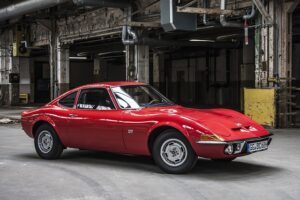 Classic vehicles boast a design language that stands the test of time. Their curves and lines speak to an era when artistry met functionality. Each contour was crafted with purpose, creating a visual rhythm that still resonates today. Modern cars often draw inspiration from these iconic shapes, blending vintage flair with contemporary aesthetics.
Classic vehicles boast a design language that stands the test of time. Their curves and lines speak to an era when artistry met functionality. Each contour was crafted with purpose, creating a visual rhythm that still resonates today. Modern cars often draw inspiration from these iconic shapes, blending vintage flair with contemporary aesthetics.
Designers analyze classic silhouettes, incorporating elements like rounded fenders or elongated hoods to evoke nostalgia while maintaining sleekness. This fusion creates a unique identity for new models. Suddenly, you see hints of tail fins on modern SUVs or chrome detailing reminiscent of muscle cars in electric sedans.
Use of Color and Finishes
Classic vehicles are a vibrant tapestry of color and texture. The bold hues from the 1950s and 1960s have left an indelible mark on automotive aesthetics today. Think about those glossy candy apple reds or electric blues. These colors were not just eye-catching; they embodied an era of optimism and freedom. Today’s cars often channel this nostalgia with striking shades that pay homage to classics while pushing boundaries. Finishes have also evolved, borrowed from vintage inspirations. Matte surfaces now sit alongside high-gloss options, offering a range of choices for consumers who desire individuality in their rides.
Interior Styling
The interior of a classic vehicle is like a time capsule. It reflects the aesthetics and technology of its era. These elements created an inviting atmosphere from plush upholstery to elegant wood trims. Modern cars often draw inspiration from these timeless designs. Think retro-style gauges or vintage steering wheels that evoke nostalgia while offering contemporary functionality. Textiles matter, too. Leather and high-quality fabrics used in classics are returning to today’s vehicles, adding luxury without compromise. Designers aim for comfort but also keep that old-school charm alive.
Performance Heritage
 Performance heritage is a powerful thread that runs through the history of automotive design. Many contemporary vehicles draw inspiration from classic race cars and muscle machines, capturing their spirit on modern roads. Take the 1960s Ford Mustang, for example.
Performance heritage is a powerful thread that runs through the history of automotive design. Many contemporary vehicles draw inspiration from classic race cars and muscle machines, capturing their spirit on modern roads. Take the 1960s Ford Mustang, for example.
Its aggressive styling and robust performance paved the way for today’s sports cars. Automakers still strive to evoke that sense of excitement. Then there’s the iconic Porsche 911, which has maintained its design language while evolving under the hood. The emphasis on speed and agility remains central to its identity. Classic vehicles hold a special place in the hearts of many automotive enthusiasts. Their design language, characterized by clean lines and distinctive shapes, has laid the groundwork for modern car aesthetics. Today’s manufacturers often draw inspiration from those iconic silhouettes to create models that echo nostalgia while embracing contemporary trends. The impact of classic vehicles is undeniable across all facets of today’s automotive landscape. They serve as reminders of where we’ve been and guideposts toward what lies ahead in vehicle design and performance.…


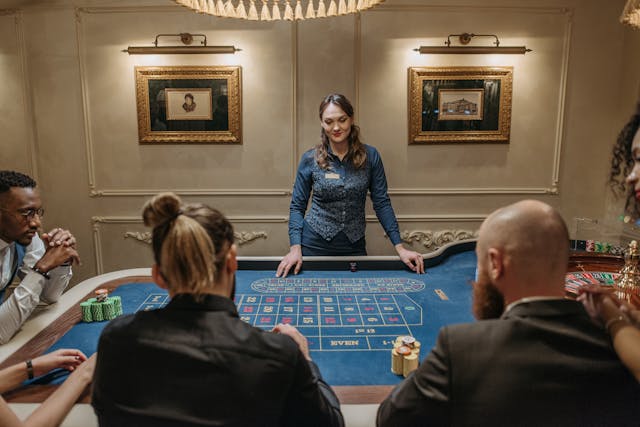

 Ethical leaders cultivate Trust both within and outside their organizations. Trust is a cornerstone of any successful business relationship and begins with leadership. By consistently demonstrating integrity, transparency, and fairness, ethical leaders earn the Trust of employees, customers, and stakeholders.
Ethical leaders cultivate Trust both within and outside their organizations. Trust is a cornerstone of any successful business relationship and begins with leadership. By consistently demonstrating integrity, transparency, and fairness, ethical leaders earn the Trust of employees, customers, and stakeholders. Ethical leadership helps businesses comply with laws and regulations, avoiding legal issues and potential fines. Companies can better navigate complex regulatory environments and manage risks by maintaining high ethical standards. Ethical leaders proactively identify and address potential ethical dilemmas before they escalate.
Ethical leadership helps businesses comply with laws and regulations, avoiding legal issues and potential fines. Companies can better navigate complex regulatory environments and manage risks by maintaining high ethical standards. Ethical leaders proactively identify and address potential ethical dilemmas before they escalate.
 Manipulative persuasion is like a wolf in sheep’s clothing, lurking in marketing campaigns to deceive and manipulate consumers. These tactics often involve using psychological tricks to exploit vulnerabilities and sway decision-making. From creating false urgency with limited-time offers to playing on emotions to drive impulse purchases, manipulative persuasion can leave consumers feeling duped.
Manipulative persuasion is like a wolf in sheep’s clothing, lurking in marketing campaigns to deceive and manipulate consumers. These tactics often involve using psychological tricks to exploit vulnerabilities and sway decision-making. From creating false urgency with limited-time offers to playing on emotions to drive impulse purchases, manipulative persuasion can leave consumers feeling duped.
 Social Media has become an integral part of our lives, connecting us with friends, family, and even strangers worldwide. But did you know that it can also be a treasure trove for finding incredible music online? That’s right! Social media platforms like Facebook, Twitter, Instagram, and TikTok are not just for sharing selfies or viral videos – they are also great tools for discovering new artists and songs. Many musicians and bands use social media to promote their music. They create pages or accounts where they share updates about their latest releases, upcoming concerts, and behind-the-scenes glimpses into their creative process. By following these artists on social media, you can stay in the loop and be among the first to hear their new tracks.
Social Media has become an integral part of our lives, connecting us with friends, family, and even strangers worldwide. But did you know that it can also be a treasure trove for finding incredible music online? That’s right! Social media platforms like Facebook, Twitter, Instagram, and TikTok are not just for sharing selfies or viral videos – they are also great tools for discovering new artists and songs. Many musicians and bands use social media to promote their music. They create pages or accounts where they share updates about their latest releases, upcoming concerts, and behind-the-scenes glimpses into their creative process. By following these artists on social media, you can stay in the loop and be among the first to hear their new tracks. YouTube and SoundCloud are two incredible platforms for discovering new music. With millions of users uploading tracks every day, there’s always something fresh to explore. On YouTube, you can find official music videos, live performances, and even covers by talented musicians worldwide. The platform’s recommendation algorithm also suggests similar songs based on your listening habits, making it easier to stumble upon hidden gems. SoundCloud is a haven for independent artists looking to showcase their work. It offers a vast library of user-uploaded tracks across various genres. You can follow your favorite artists or create custom playlists to curate your own musical journey.
YouTube and SoundCloud are two incredible platforms for discovering new music. With millions of users uploading tracks every day, there’s always something fresh to explore. On YouTube, you can find official music videos, live performances, and even covers by talented musicians worldwide. The platform’s recommendation algorithm also suggests similar songs based on your listening habits, making it easier to stumble upon hidden gems. SoundCloud is a haven for independent artists looking to showcase their work. It offers a vast library of user-uploaded tracks across various genres. You can follow your favorite artists or create custom playlists to curate your own musical journey.

 Social media is another crucial aspect of building a strong online presence. Platforms like Facebook, Instagram, and LinkedIn allow you to connect with potential customers, share updates about your business, and showcase your work. It’s essential to maintain an active presence on social media by posting regularly, engaging with followers, and utilizing relevant hashtags. You can also use social media to run targeted ads to reach potential customers in your area.
Social media is another crucial aspect of building a strong online presence. Platforms like Facebook, Instagram, and LinkedIn allow you to connect with potential customers, share updates about your business, and showcase your work. It’s essential to maintain an active presence on social media by posting regularly, engaging with followers, and utilizing relevant hashtags. You can also use social media to run targeted ads to reach potential customers in your area.
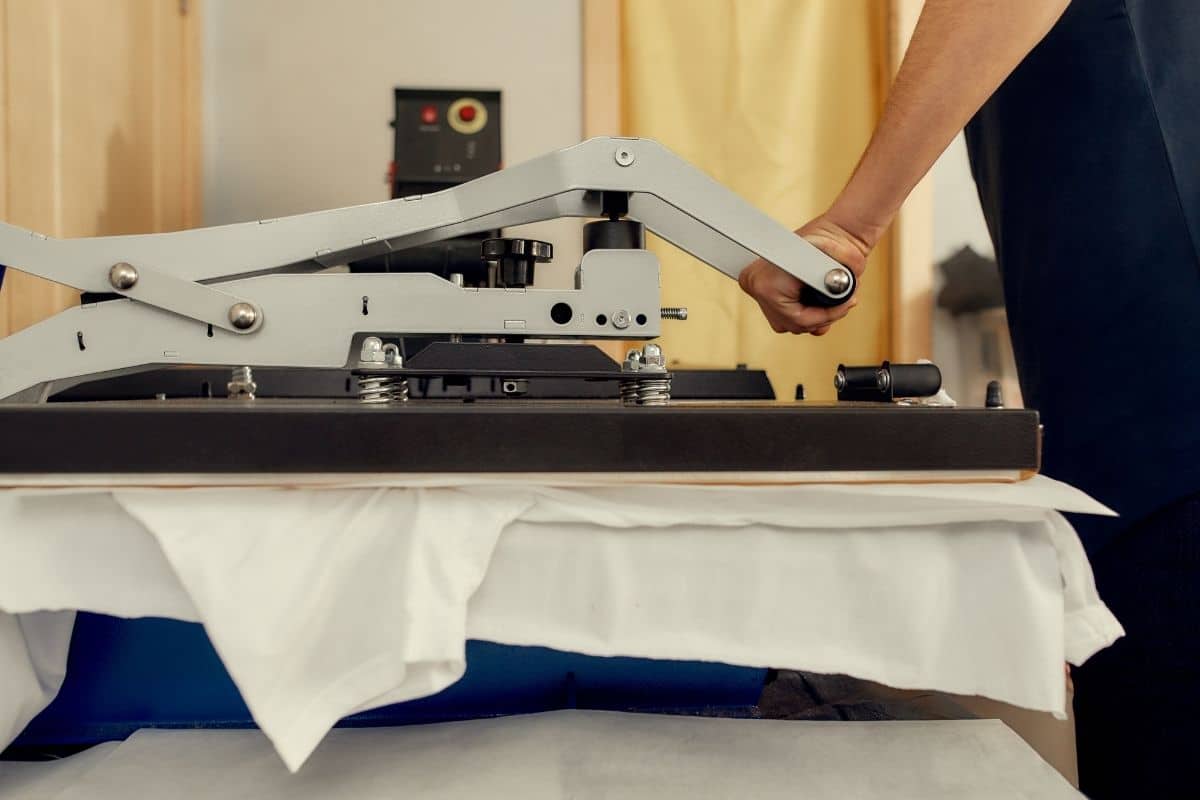
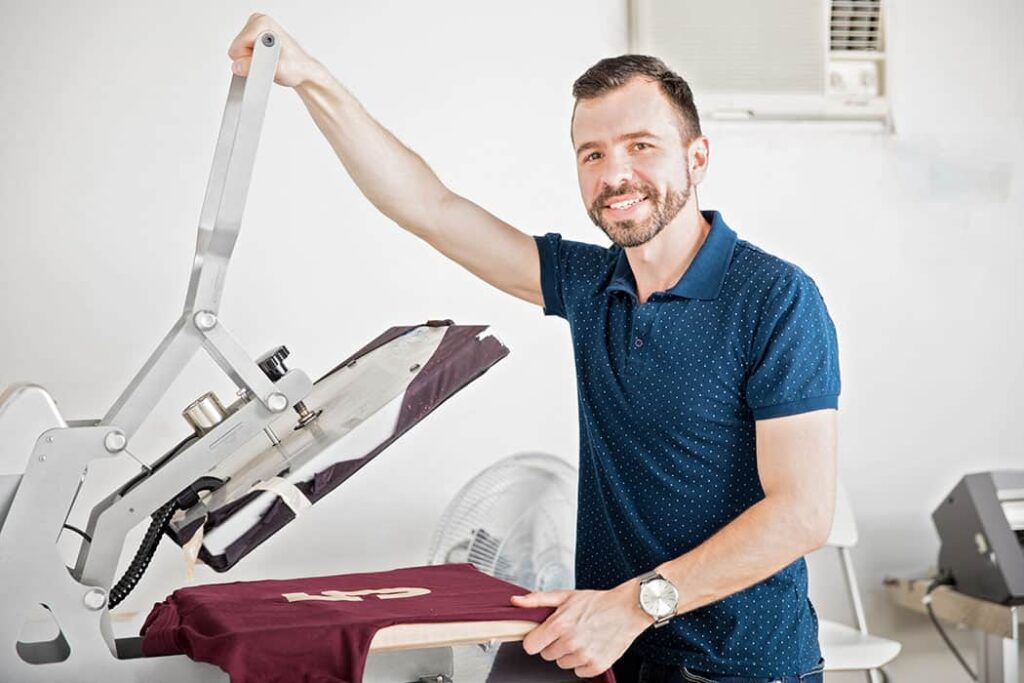

 One of the primary reasons why men seek male enhancement solutions is performance anxiety. Performance anxiety is the overwhelming fear of not meeting one’s partner’s sexual expectations or feeling inadequate in bed. This anxiety can manifest in various ways, such as premature ejaculation, erectile dysfunction, or difficulty achieving and maintaining an erection.
One of the primary reasons why men seek male enhancement solutions is performance anxiety. Performance anxiety is the overwhelming fear of not meeting one’s partner’s sexual expectations or feeling inadequate in bed. This anxiety can manifest in various ways, such as premature ejaculation, erectile dysfunction, or difficulty achieving and maintaining an erection. Relationship dynamics play a significant role in driving men to seek male
Relationship dynamics play a significant role in driving men to seek male 
 Firearms, often considered the epitome of lethal weaponry, are frequently found at crime scenes. These powerful weapons come in various forms, including handguns, rifles, and shotguns. Each firearm leaves its distinct mark on a case, providing investigators with valuable information. One common type of firearm encountered is the handgun. Compact and easily concealable, handguns are often used in crimes such as robberies or assaults. They leave behind shell casings that can be analyzed for ballistic evidence. On the other hand, rifles and shotguns are typically associated with more serious offenses like homicides or mass shootings.
Firearms, often considered the epitome of lethal weaponry, are frequently found at crime scenes. These powerful weapons come in various forms, including handguns, rifles, and shotguns. Each firearm leaves its distinct mark on a case, providing investigators with valuable information. One common type of firearm encountered is the handgun. Compact and easily concealable, handguns are often used in crimes such as robberies or assaults. They leave behind shell casings that can be analyzed for ballistic evidence. On the other hand, rifles and shotguns are typically associated with more serious offenses like homicides or mass shootings.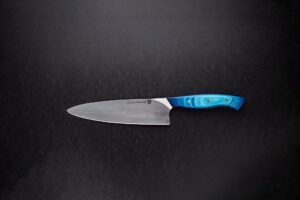 Knives are one of the most common weapons found at crime scenes. Their sharp blades and compact size can be easily concealed and used to inflict serious harm. Whether it’s a pocket knife or a larger kitchen knife, these tools have unfortunately become synonymous with acts of violence. The versatility of knives makes them particularly dangerous in criminal situations. They can be used for stabbing, slashing, or even as a threatening tool. In the hands of someone intent on causing harm, a simple kitchen utensil can turn into a deadly weapon. One disturbing aspect of knives is their accessibility. Unlike firearms requiring permits or registration, anyone can purchase a knife without much scrutiny.
Knives are one of the most common weapons found at crime scenes. Their sharp blades and compact size can be easily concealed and used to inflict serious harm. Whether it’s a pocket knife or a larger kitchen knife, these tools have unfortunately become synonymous with acts of violence. The versatility of knives makes them particularly dangerous in criminal situations. They can be used for stabbing, slashing, or even as a threatening tool. In the hands of someone intent on causing harm, a simple kitchen utensil can turn into a deadly weapon. One disturbing aspect of knives is their accessibility. Unlike firearms requiring permits or registration, anyone can purchase a knife without much scrutiny.

 To ensure your employees understand and adhere to the legal regulations surrounding your money exchange business, it’s essential to provide regular compliance training. This training should cover topics such as AML laws, KYC procedures, and reporting requirements.
To ensure your employees understand and adhere to the legal regulations surrounding your money exchange business, it’s essential to provide regular compliance training. This training should cover topics such as AML laws, KYC procedures, and reporting requirements.
 When it comes to putting together an outfit, finding a focal point is key. This could be a statement piece of clothing or accessory that draws the eye and anchors your look. For example, a bold pair of shoes or a colorful scarf can add interest and personality to an otherwise simple outfit. Today, many people think you need to spend a lot to create an individual style, but that is not true.
When it comes to putting together an outfit, finding a focal point is key. This could be a statement piece of clothing or accessory that draws the eye and anchors your look. For example, a bold pair of shoes or a colorful scarf can add interest and personality to an otherwise simple outfit. Today, many people think you need to spend a lot to create an individual style, but that is not true. When it comes to putting outfits together, keeping it simple can be a game-changer. It doesn’t mean you have to always stick with basic pieces but rather choose pieces that work well together and complement each other. One way of keeping things simple is by going for monochromatic looks or sticking with neutral colors.
When it comes to putting outfits together, keeping it simple can be a game-changer. It doesn’t mean you have to always stick with basic pieces but rather choose pieces that work well together and complement each other. One way of keeping things simple is by going for monochromatic looks or sticking with neutral colors.

 One of the most disappointing things in marketing is having a great idea but not following through on it. Many businesses have a fantastic concept for their next campaign but lack the skills or resources to see it through. A good plan of action backed up with proper resources to execute it is a surefire way for your business to succeed. In fact, this even helps your business scale up and reach a larger audience.
One of the most disappointing things in marketing is having a great idea but not following through on it. Many businesses have a fantastic concept for their next campaign but lack the skills or resources to see it through. A good plan of action backed up with proper resources to execute it is a surefire way for your business to succeed. In fact, this even helps your business scale up and reach a larger audience.
 One of the best ways to ensure your wrapping material is sustainable is by choosing compostable options. Compostable materials, such as paper and fabric, break down naturally and don’t create excess waste. For fabric, look for organic cotton or hemp. These fabrics break down quickly and can be reused multiple times before they need to be recycled. For paper, look for recycled or post-consumer options.
One of the best ways to ensure your wrapping material is sustainable is by choosing compostable options. Compostable materials, such as paper and fabric, break down naturally and don’t create excess waste. For fabric, look for organic cotton or hemp. These fabrics break down quickly and can be reused multiple times before they need to be recycled. For paper, look for recycled or post-consumer options.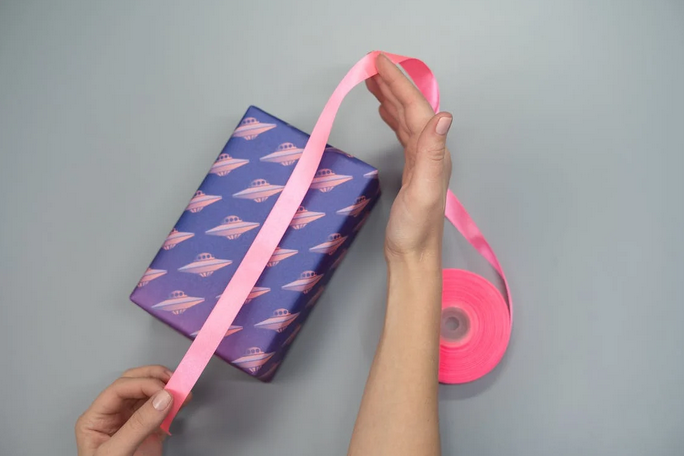
 If you’re looking for wrapping paper that is both sustainable and supports local businesses, look for locally sourced materials. Local stores often carry handmade papers made from post-consumer waste or eco-friendly inks. You can also find a wide variety of natural materials like jute, seagrass, or bamboo from local craft stores. By supporting local businesses, you not only reduce your carbon footprint but also help to create a more sustainable economy.
If you’re looking for wrapping paper that is both sustainable and supports local businesses, look for locally sourced materials. Local stores often carry handmade papers made from post-consumer waste or eco-friendly inks. You can also find a wide variety of natural materials like jute, seagrass, or bamboo from local craft stores. By supporting local businesses, you not only reduce your carbon footprint but also help to create a more sustainable economy.
 The first advantage of off-page SEO is that it can help you get more domain referrals. Domain referrals are when other websites link to your website. These links act as votes for your website, telling search engines that your site is popular and relevant. The more domain referrals you have, the higher your website will rank in search engine results pages (SERPs). If you want to get more domain referrals, you need to focus on link building.
The first advantage of off-page SEO is that it can help you get more domain referrals. Domain referrals are when other websites link to your website. These links act as votes for your website, telling search engines that your site is popular and relevant. The more domain referrals you have, the higher your website will rank in search engine results pages (SERPs). If you want to get more domain referrals, you need to focus on link building. The third advantage of off-page SEO is that it can help you increase your website’s traffic. When you rank higher in SERPs, you will get more clicks and traffic to your website. And when you have more traffic, you will have more opportunities to convert leads into customers. Many businesses see a significant increase in traffic when they invest in off-page SEO. However, it’s important to note that off-page SEO is just one of many factors that can affect your website’s traffic.
The third advantage of off-page SEO is that it can help you increase your website’s traffic. When you rank higher in SERPs, you will get more clicks and traffic to your website. And when you have more traffic, you will have more opportunities to convert leads into customers. Many businesses see a significant increase in traffic when they invest in off-page SEO. However, it’s important to note that off-page SEO is just one of many factors that can affect your website’s traffic.
 One of the best things you can do for the environment is to buy half your food locally. This supports local farmers and cuts down on the emissions from transportation. Plus, locally grown food is often fresher and tastier than food from other parts of the country or world. To find out where you can buy local food near you, check out this website:
One of the best things you can do for the environment is to buy half your food locally. This supports local farmers and cuts down on the emissions from transportation. Plus, locally grown food is often fresher and tastier than food from other parts of the country or world. To find out where you can buy local food near you, check out this website: You can grow your own food if you have a backyard, balcony, or even a windowsill. Not only is this a great way to get fresh, healthy produce, but it’s also a great way to reduce your carbon footprint. You can grow fruits, vegetables, and herbs without harmful chemicals or pesticides. Plus, you’ll save money on your grocery bill. There are plenty of resources available to help you get started.
You can grow your own food if you have a backyard, balcony, or even a windowsill. Not only is this a great way to get fresh, healthy produce, but it’s also a great way to reduce your carbon footprint. You can grow fruits, vegetables, and herbs without harmful chemicals or pesticides. Plus, you’ll save money on your grocery bill. There are plenty of resources available to help you get started.
 As any avid golfer knows, spending extended periods in the sun can damage your skin. That’s why it’s essential to always wear sunscreen when you’re out on the golf course. Look for a sunscreen that has an SPF of at least 30 and is water resistant.
As any avid golfer knows, spending extended periods in the sun can damage your skin. That’s why it’s essential to always wear sunscreen when you’re out on the golf course. Look for a sunscreen that has an SPF of at least 30 and is water resistant.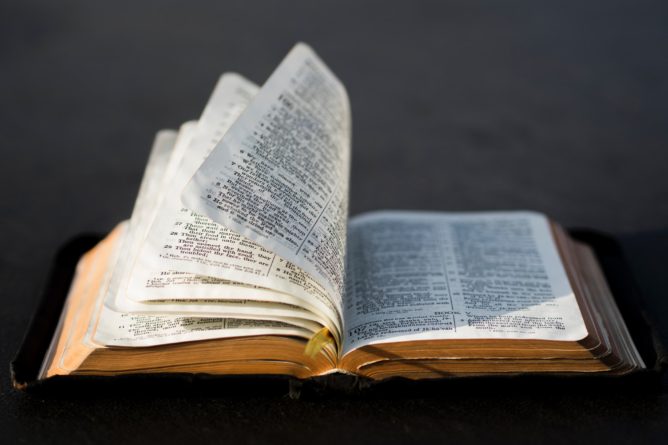
 Job is introduced in the Bible as a righteous man. He is said to be blameless and upright and one who feared God and shunned evil. This is significant because it shows that Job was not a Jew. He was a Gentile who had never heard of the Jewish God, yet he still lived a righteous life. This proves that it is possible to be a good person without believing in God. Job’s righteousness is tested when Satan appears before God and challenges Him. Satan claims that Job only serves God because He has blessed him with a good life.
Job is introduced in the Bible as a righteous man. He is said to be blameless and upright and one who feared God and shunned evil. This is significant because it shows that Job was not a Jew. He was a Gentile who had never heard of the Jewish God, yet he still lived a righteous life. This proves that it is possible to be a good person without believing in God. Job’s righteousness is tested when Satan appears before God and challenges Him. Satan claims that Job only serves God because He has blessed him with a good life. Job’s story is one of the most well-known in the Bible. He was a man who had everything – a loving wife, seven healthy children, and great wealth. But then, in seconds, it all came crashing down. Job lost his children and possessions in two separate disasters and was struck with a painful and incurable disease. How did Job suffer? It’s hard to say exactly. We know that the loss of his children deeply grieved him and that his disease greatly deteriorated his health.
Job’s story is one of the most well-known in the Bible. He was a man who had everything – a loving wife, seven healthy children, and great wealth. But then, in seconds, it all came crashing down. Job lost his children and possessions in two separate disasters and was struck with a painful and incurable disease. How did Job suffer? It’s hard to say exactly. We know that the loss of his children deeply grieved him and that his disease greatly deteriorated his health.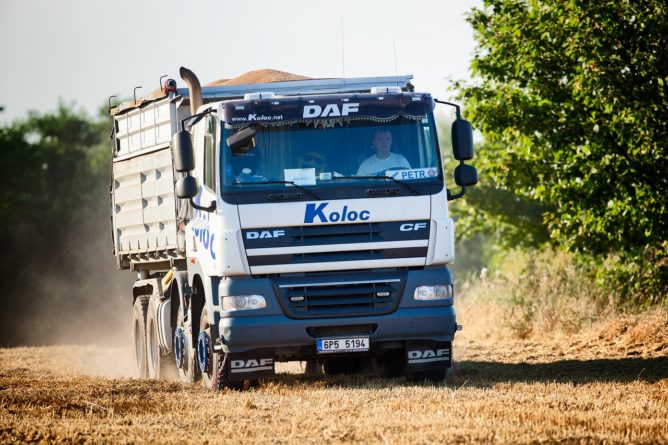
 Before you take your truck on the road, you must be familiar with its features and how to use them. Make sure to read the owner’s manual to know how to work everything properly. If you’re not sure how something works, don’t be afraid to ask someone for help. It would help if you also practiced using the features while still at home. It will help you feel more comfortable using them while you’re on the road.
Before you take your truck on the road, you must be familiar with its features and how to use them. Make sure to read the owner’s manual to know how to work everything properly. If you’re not sure how something works, don’t be afraid to ask someone for help. It would help if you also practiced using the features while still at home. It will help you feel more comfortable using them while you’re on the road. It’s essential to keep your eyes on the road while you’re driving. You should avoid looking at distractions, like your phone or the dashboard. If you need to look something up, pull over to the side of the road and stop your truck. It’s also a good idea to keep your hands on the wheel. It will help you control your vehicle while you’re driving. These are just a few of the many safety tips for road trips.
It’s essential to keep your eyes on the road while you’re driving. You should avoid looking at distractions, like your phone or the dashboard. If you need to look something up, pull over to the side of the road and stop your truck. It’s also a good idea to keep your hands on the wheel. It will help you control your vehicle while you’re driving. These are just a few of the many safety tips for road trips.
 Another standard method of card marking is daubing, which involves smearing a substance such as Vaseline or white-out over the desired markings. This will help make them more visible and prevent them from being rubbed off or faded over time. Daubing is an effective technique because it’s challenging to detect, and you can do it quickly and discreetly. However, you need to be careful not to get the substance on your hands or clothes, as it can be messy and difficult to clean up.
Another standard method of card marking is daubing, which involves smearing a substance such as Vaseline or white-out over the desired markings. This will help make them more visible and prevent them from being rubbed off or faded over time. Daubing is an effective technique because it’s challenging to detect, and you can do it quickly and discreetly. However, you need to be careful not to get the substance on your hands or clothes, as it can be messy and difficult to clean up.
 Camper vans are the best vehicle for travelers because you can travel with your friends but have privacy when needed! If you want to go on an adventure alone and need some time by yourself, camper vans allow for this as well. It is easy to find a camper van for sale to meet your needs.
Camper vans are the best vehicle for travelers because you can travel with your friends but have privacy when needed! If you want to go on an adventure alone and need some time by yourself, camper vans allow for this as well. It is easy to find a camper van for sale to meet your needs. Camper vans can also act as a form of transportation. If you are traveling to multiple destinations, you can use your camper van as a way to get from Point A to Point B without having to spend extra money on rental cars or taxis. This is especially helpful if you are on a tight budget.
Camper vans can also act as a form of transportation. If you are traveling to multiple destinations, you can use your camper van as a way to get from Point A to Point B without having to spend extra money on rental cars or taxis. This is especially helpful if you are on a tight budget.


 What expectations do you want to create when someone sees your URL for the first time? You have a problem if they don’t understand what you do and who you are. Sites like Amazon, Trulia, and Google sound good, but it takes more marketing and branding to make them successful. Domains like homes.com or NYtimes.com tell you what to expect. If you have difficulty finding a new idea, don’t worry. The Internet can help you find the right domain. DomainsBot and NameMesh are excellent tools to help you find the perfect domain. Remember to follow the advice when using these tools.
What expectations do you want to create when someone sees your URL for the first time? You have a problem if they don’t understand what you do and who you are. Sites like Amazon, Trulia, and Google sound good, but it takes more marketing and branding to make them successful. Domains like homes.com or NYtimes.com tell you what to expect. If you have difficulty finding a new idea, don’t worry. The Internet can help you find the right domain. DomainsBot and NameMesh are excellent tools to help you find the perfect domain. Remember to follow the advice when using these tools.
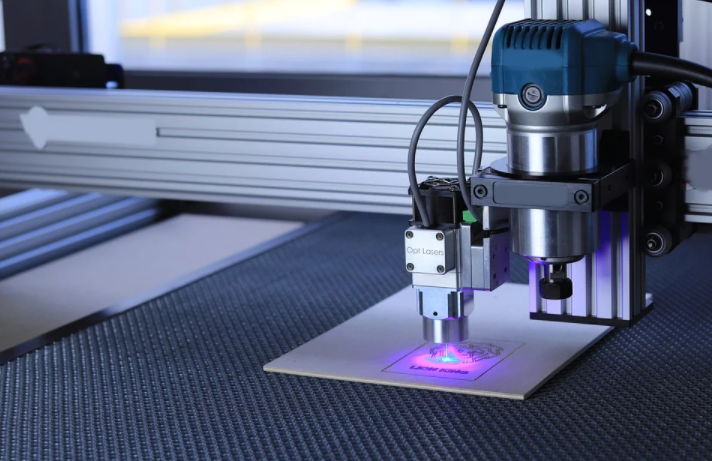
 Rapid prototyping has many advantages. Rapid prototyping can help you create proofs-of-concept that are useful in obtaining funding. A prototype allows the user to get a good idea of what the final product will look like. Rapid prototyping is a great way to increase product visibility. It is easier to spot design flaws early in the development process. Rapid prototyping encourages active participation from both the manufacturer and users.
Rapid prototyping has many advantages. Rapid prototyping can help you create proofs-of-concept that are useful in obtaining funding. A prototype allows the user to get a good idea of what the final product will look like. Rapid prototyping is a great way to increase product visibility. It is easier to spot design flaws early in the development process. Rapid prototyping encourages active participation from both the manufacturer and users.

 Mature Tube is the best developing porn site that offers tons of exciting porn videos. You can enjoy many genres and kinks that you love. Now you believe you are becoming a superior offering in the internet porn arena. Mature Tube is crucial in the lives of porn viewers worldwide, and there is more information than you can watch in 10 lifetimes. You can also watch just about any porn you want. This is the best site to get the best of the best porn videos, with no ads to bother you.
Mature Tube is the best developing porn site that offers tons of exciting porn videos. You can enjoy many genres and kinks that you love. Now you believe you are becoming a superior offering in the internet porn arena. Mature Tube is crucial in the lives of porn viewers worldwide, and there is more information than you can watch in 10 lifetimes. You can also watch just about any porn you want. This is the best site to get the best of the best porn videos, with no ads to bother you.